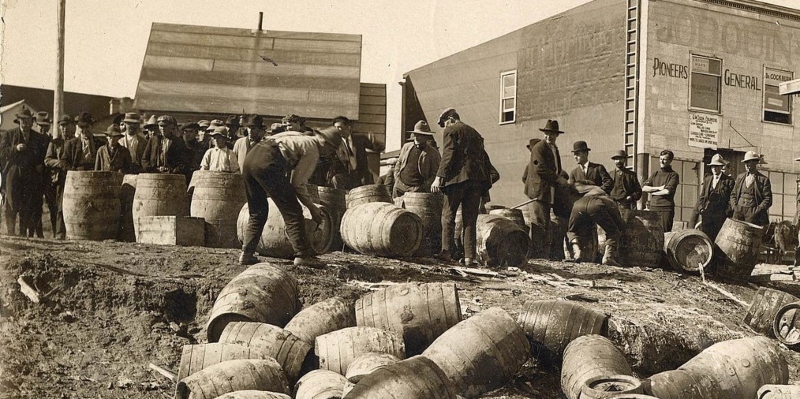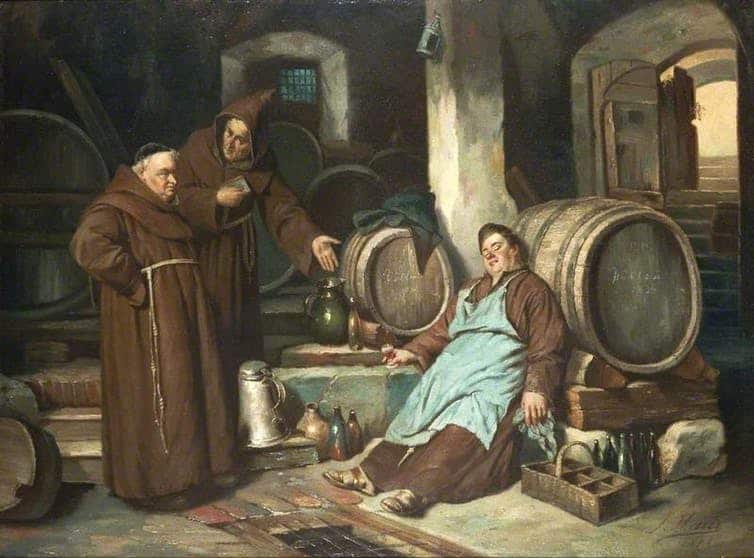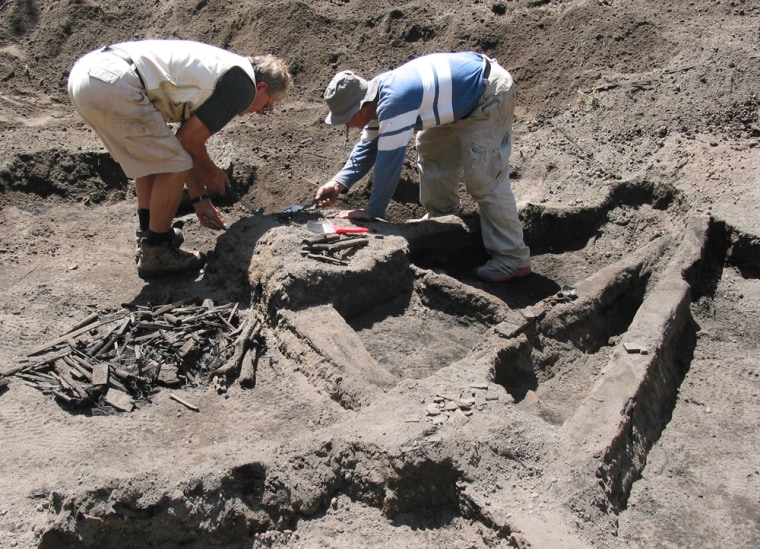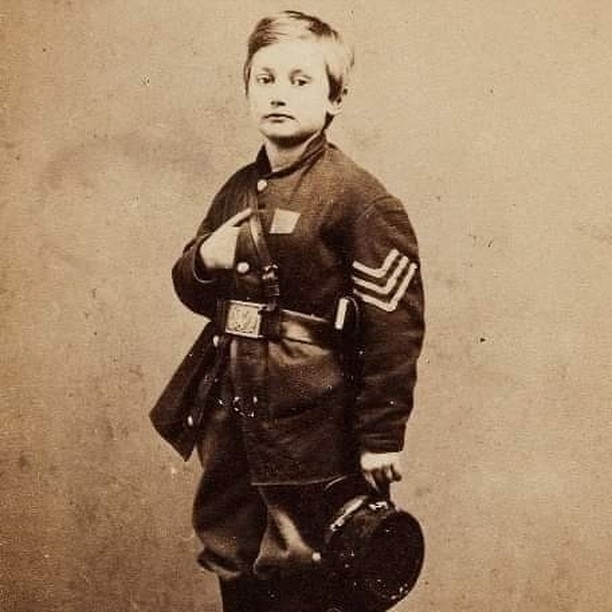Star Wars was inspired in part by a French science-fiction comic

From Nathan Lawrence for IGN: "If you’re a Luc Besson fan, you’ve likely seen at least one of the flashy trailers for his latest movie, Valerian and the City of a Thousand Planets. Like many big-budget movies these days, Valerian is based on a comic. If the Valérian and Laureline comics don’t ring a bell, that’s okay: you’re not alone in not knowing about the French source material. The thing is that while the trailers for Valerian and the City of a Thousand Planets may look like a colourful Star Wars prequel rip-off, the reality is that the Valérian and Laureline comics were birthed a decade before the original Star Wars movie hit the big screen in 1977. There’s been a lot of discussion about just how much of an influence Valérian was on Star Wars. It’s a controversial topic."
In many best-selling trucks and cars, the engine noise you hear is at least partly fake

From Drew Harwell for the Washington Post: "Stomp on the gas in a new Ford Mustang or F-150 and you’ll hear a meaty, throaty rumble — the same style of roar that Americans have associated with auto power and performance for decades. It’s a sham. The engine growl in some of America’s best-selling cars and trucks is actually a finely tuned bit of lip-syncing, boosted through special pipes or digitally faked altogether. And it’s driving car enthusiasts insane. Fake engine noise has become one of the auto industry’s dirty little secrets, with automakers from BMW to Volkswagen turning to a sound-boosting bag of tricks. Softer-sounding engines are actually a positive symbol of just how far engines and gas economy have progressed. But automakers say they resort to artifice because they understand a key car-buyer paradox: Drivers want all the force and fuel savings of a newer, better engine — but the classic sound of an old gas-guzzler."
How I went from being a journalist to becoming a modern bootlegger

From John Koopman for LitHub: "It started for me when I got back from Iraq. I went there three times as a journalist. I got shot at, bombed, and watched a lot of people die. And then I was back at the office, writing about an infestation of woodpeckers at a local retirement village. After working as a journalist for 25 years, I was laid off from the paper. I had no other work experience, no other skills, and the industry was beginning its death throes, making jobs scarce. Soon, depression set in. But depression or not, eventually the bills had to be paid. I spotted an ad looking for people to manage some of the strip clubs in town. I had some familiarity with that world, having covered San Francisco’s underground sex scene for a while. I figured that if getting paid decently for boring work was out of the question, my best option was getting paid poorly to do interesting work."
In the Middle Ages, people were drunk pretty much all the time

From Lefineder: "When estimating consumption from the amount of beer provided to soldiers, convicts, and workers or reconstructing consumption from tax revenues on beer we see that the average person consumed about a liter of beer a day, this is around four times as much as consumption in modern beer-drinking countries. And consumption of pure alcohol was at least 2-4 times higher in the past. In the medieval city of Ghent where there is data from 14th-century tax revenue on the consumption of both wine and beer per capita, annual consumption is more than 40 liters of wine and about 1300 liters of beer. For English soldiers, the daily ration was 8 pints of beer (4.5 L), and for sailors the beer supplied was of the strong kind (10%-15% alcohol) since this was the only kind that preserved itself well in the sea."
Lost civilization unearthed in Indonesia

From Ray Henry at NBC News: "Scientists have found what they believe are traces of the lost Indonesian civilization of Tambora, which was wiped out in 1815 by the biggest volcanic eruption in recorded history. Mount Tambora’s cataclysmic eruption on April 10, 1815, buried the inhabitants of Sumbawa Island under searing ash, gas and rock and is blamed for an estimated 88,000 deaths. The eruption was at least four times more powerful than Mount Krakatoa’s in 1883. They unearthed the remains of a thatch house, pottery, bronze and the carbonized bones of two people, all in a layer of sediment. The leader of the expedition, estimated that 10,000 people lived in the town when the volcano erupted in a blast that dwarfed the one that buried Pompeii."
When the secret to your recipe for sausage is the trip it takes through your factory

From Anna and Kelly Pendergrast at Scope of Work: "When Chicago’s Vienna Sausage Company moved from its original premises which were put together in a Rube Goldberg kind of arrangement to a brand new state-of-the-art facility, the sausages didn’t taste as good. For a year and a half, the company tried to work out the problem to no avail. One day, workers were reminiscing about an ex-employee, Irving, who didn’t come to work at the new factory. Irving’s job was to move the sausages from the filling room to the smokehouse, taking them on a half hour journey through a maze of rooms where other products were getting produced. It finally clicked that Irving’s trip was the secret ingredient – on his journey the sausages were getting pre-cooked and infused with flavor. The company was able to recreate the sausages’ original taste, building a brand new room onto the factory which emulated the properties of Irving’s trip."
Johnny Clem ran away to join the Army and became the youngest enlisted officer in history
From Fascinating on Twitter




